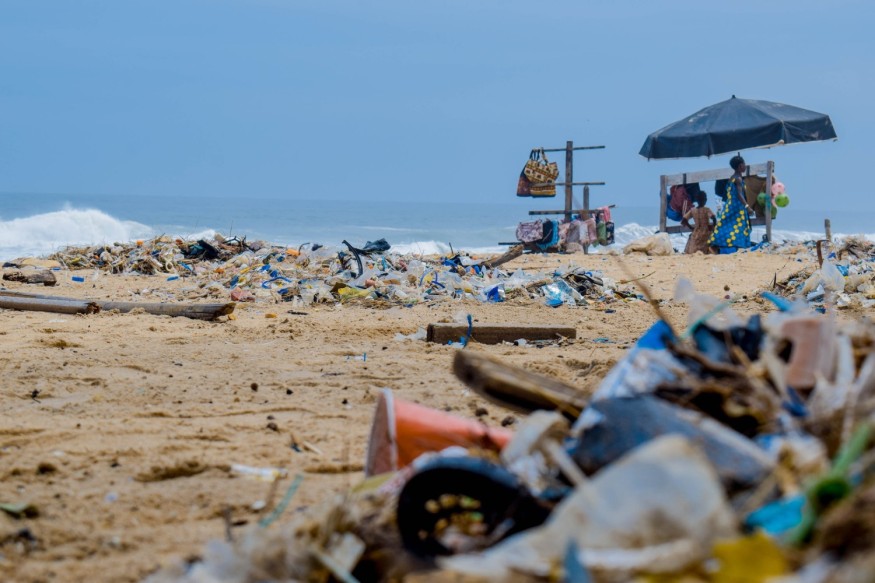
Time and again, human activities fueled by industrialization and modernization, have been proven to release large numbers of toxins into the ocean and disrupt marine life.
The oceans are filled with marine debris, such as plastics, metals, rubber, paper, and textiles that harm the delicate balance of the aquatic ecosystem.
In an article by Marine Insight, the World Wildlife Federation estimates that marine mammals such as turtles, seabirds, whales, fish, and dolphins die 100,000 times every year as a result of plastic pollution.
This number is expected to increase as expert projections show that by 2050, the oceans may have more plastic than fish.
According to the International Union for Conservation of Nature, humans produce 300 million metric tons of plastic per year, at least 14 million of which end up in the ocean.
In 2018, a sperm whale was found dead on a beach in southern Spain. Scientits found almost 30 kilograms of indigestible plastic inside his stomach that caused inflammation of its abdominal tissues.
According to WWF Australia, to the seals and marine creatures who hunt them, a plastic bag ballooned with water can resemble a squid or other prey.
Data shows that 56% of whales, dolphins, and porpoises have consumed plastic.
Aside from plastic, noise pollution also threatens marine wildlife as it interrupts their normal behavior and drives them away from areas that are important to their survival.
Due to these factors, over 10% of worldwide marine species are threatened with extinction, according to the latest assessment of the International Union for Conservation of Nature (IUCN).
Climate change and ocean
The oceans are known to absorb the majority of solar energy that reaches the Earth, and warming of the waters is often slower than warming of the atmosphere, resulting in moderate coastal weather with few hot and cold extremes.
According to Earth.Org, a 2019 Intergovernmental Panel on Climate Change (IPCC) report said that coral bleaching and ocean warming events such as marine heat waves are predicted to rise as a result of climate change and concurrent greenhouse warming, putting an additional burden on the world's seas.
Furthermore, the emissions of carbon dioxide tend to acidify the waters, rendering aquatic species and marine environments prone to decline and damage. This acidification of the oceans exacerbates physiological challenges and decreases the growth and survival rates of many marine animals.
United Nations taking action
After more than 15 years of discussion, the United Nations has adopted a historic international treaty to govern the high seas and conserve isolated ecosystems important to humanity.
The agreement, called the Treaty on Biodiversity Beyond National Jurisdiction, will fall under the UN Convention on the Law of the Sea.
This will create a legal framework for expanding environmental protections to international waters known as the high seas, which cover more than 60% of the earth's surface, according to Aljazeera.
The capacity to create protected marine areas in international waters is a crucial point of the treaty. At the moment, just around 1% of the high seas are protected by conservation measures.
In addition, the treaty outlines norms for sharing the benefits of "marine genetic resources" (MGR) gathered through scientific study in international waters, an Aljazeera report said.
It will be open for signatures during the annual assembly of world leaders at the United Nations General Assembly on September and will take effect once ratified by 60 member states.
Related Article : How Ocean Pollution Damages Human Health
Related Video:
© 2026 NatureWorldNews.com All rights reserved. Do not reproduce without permission.





